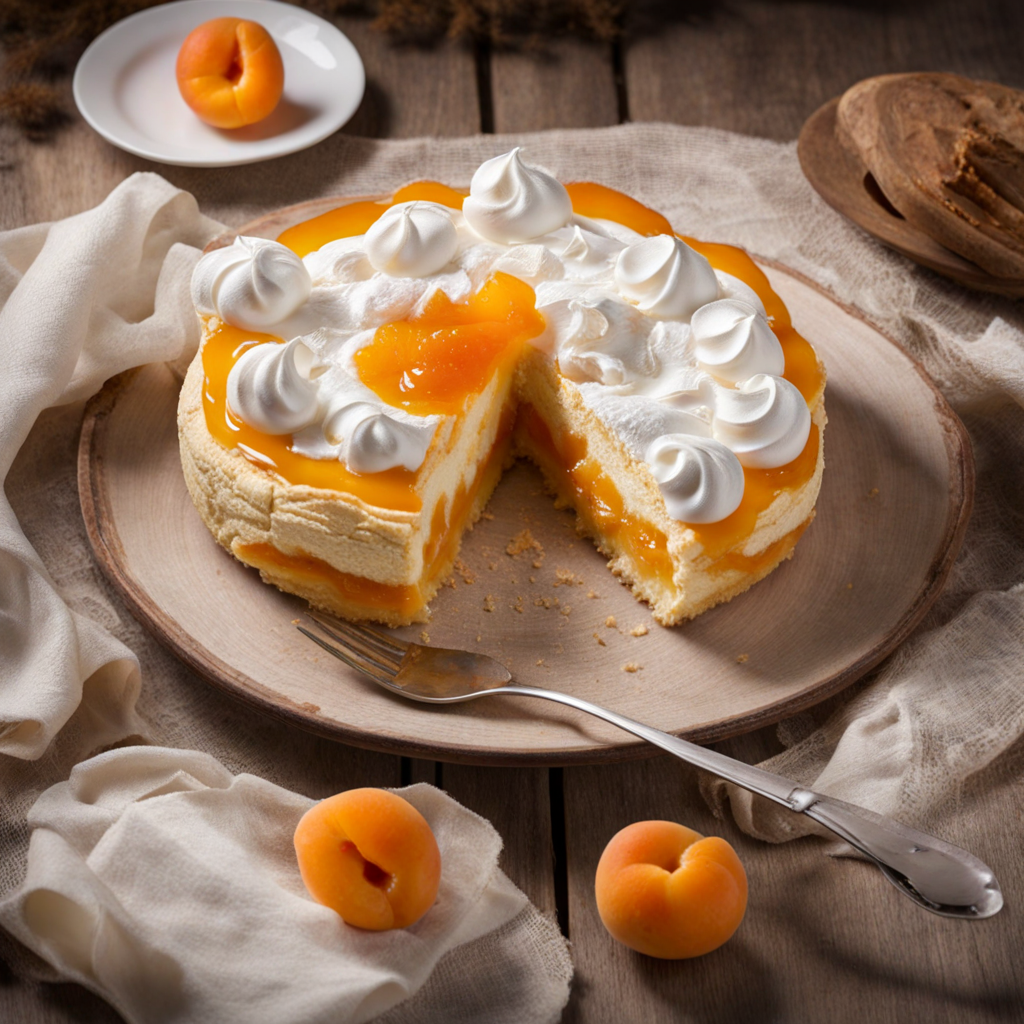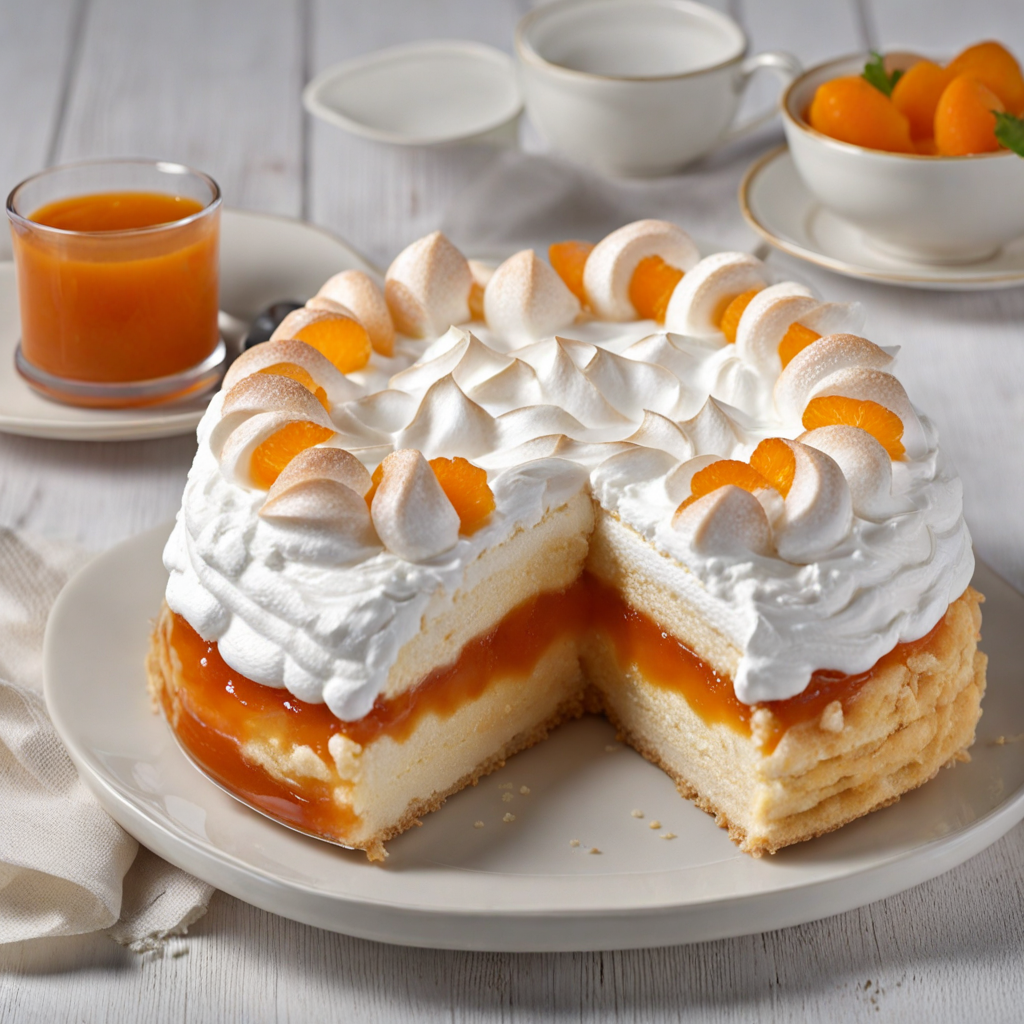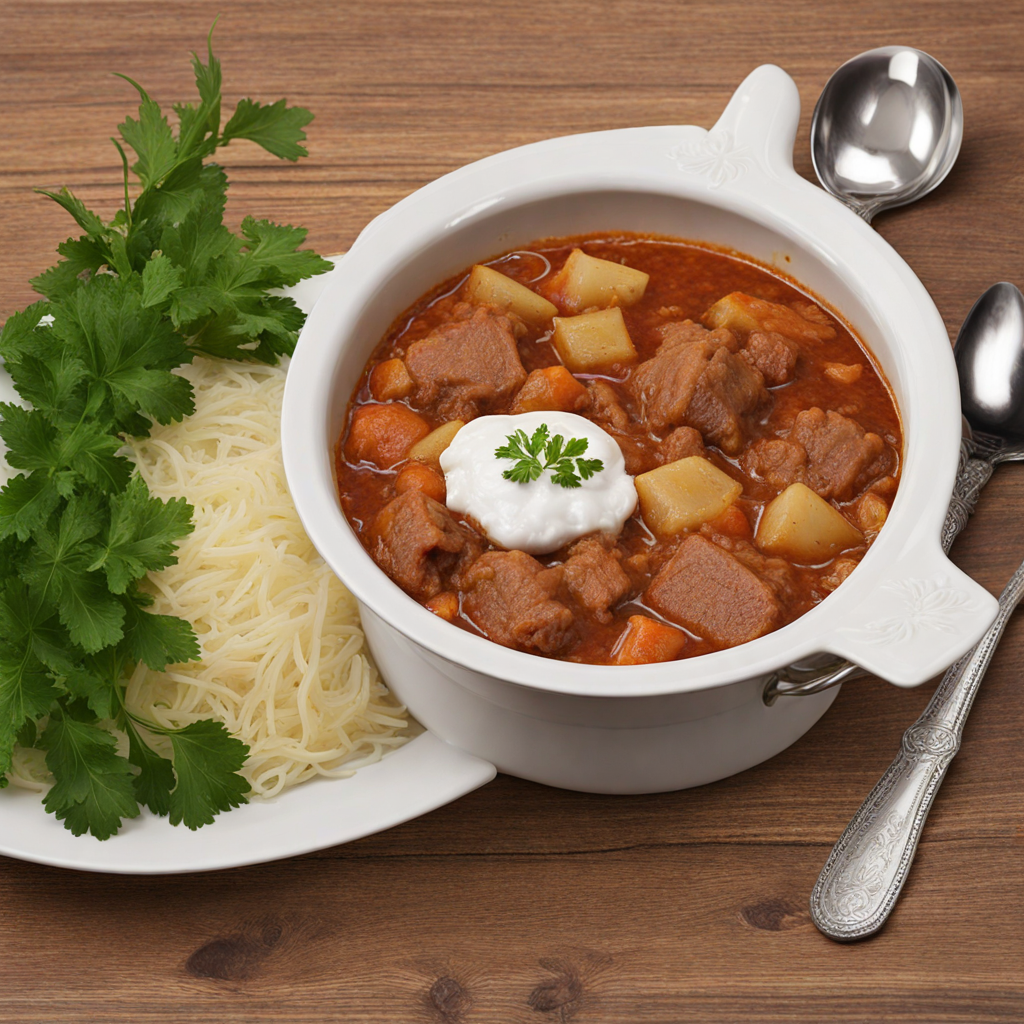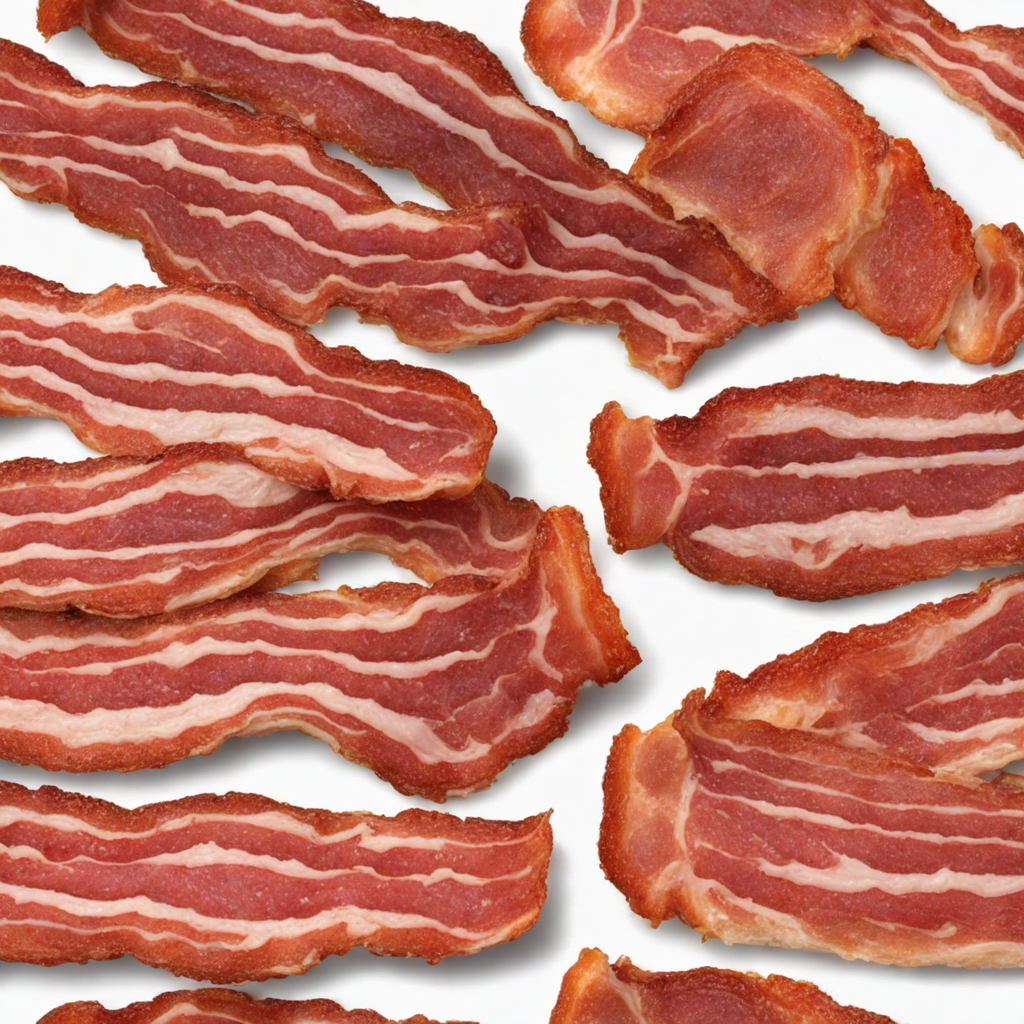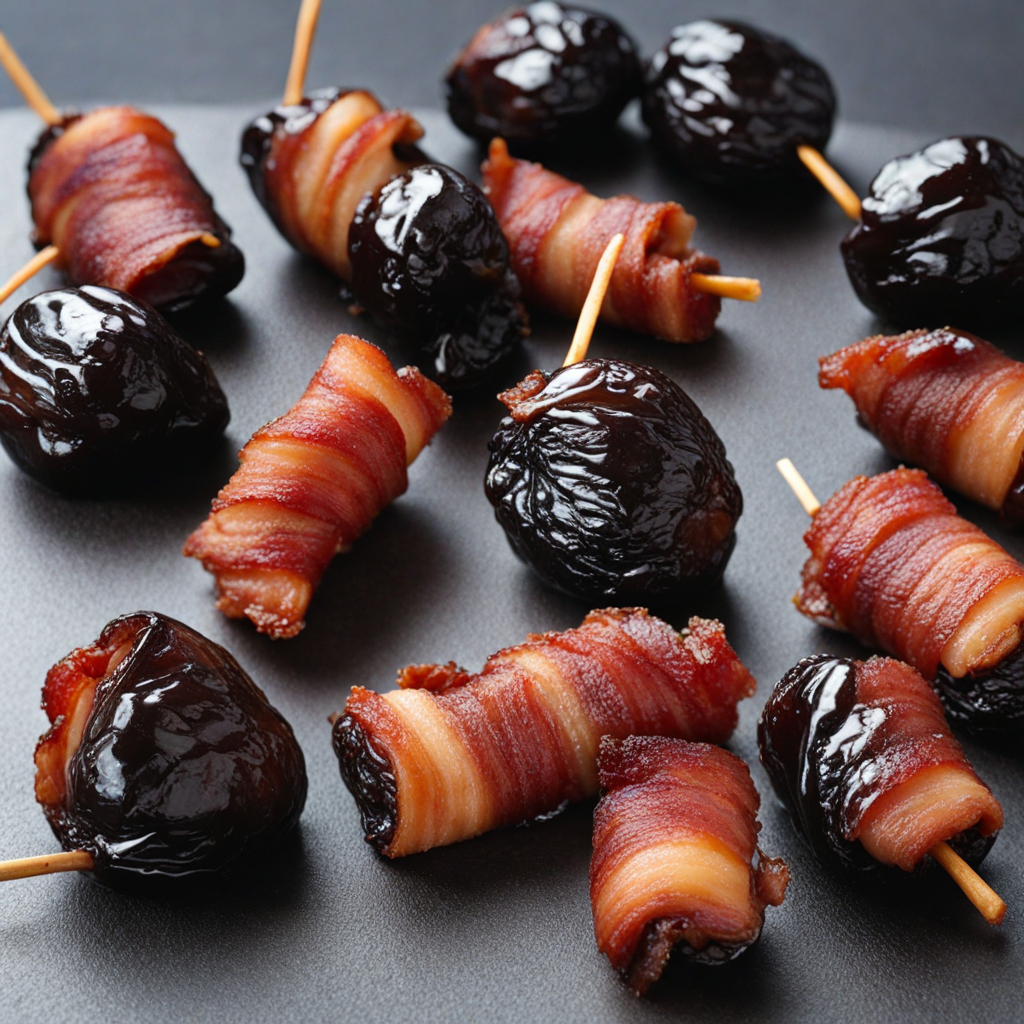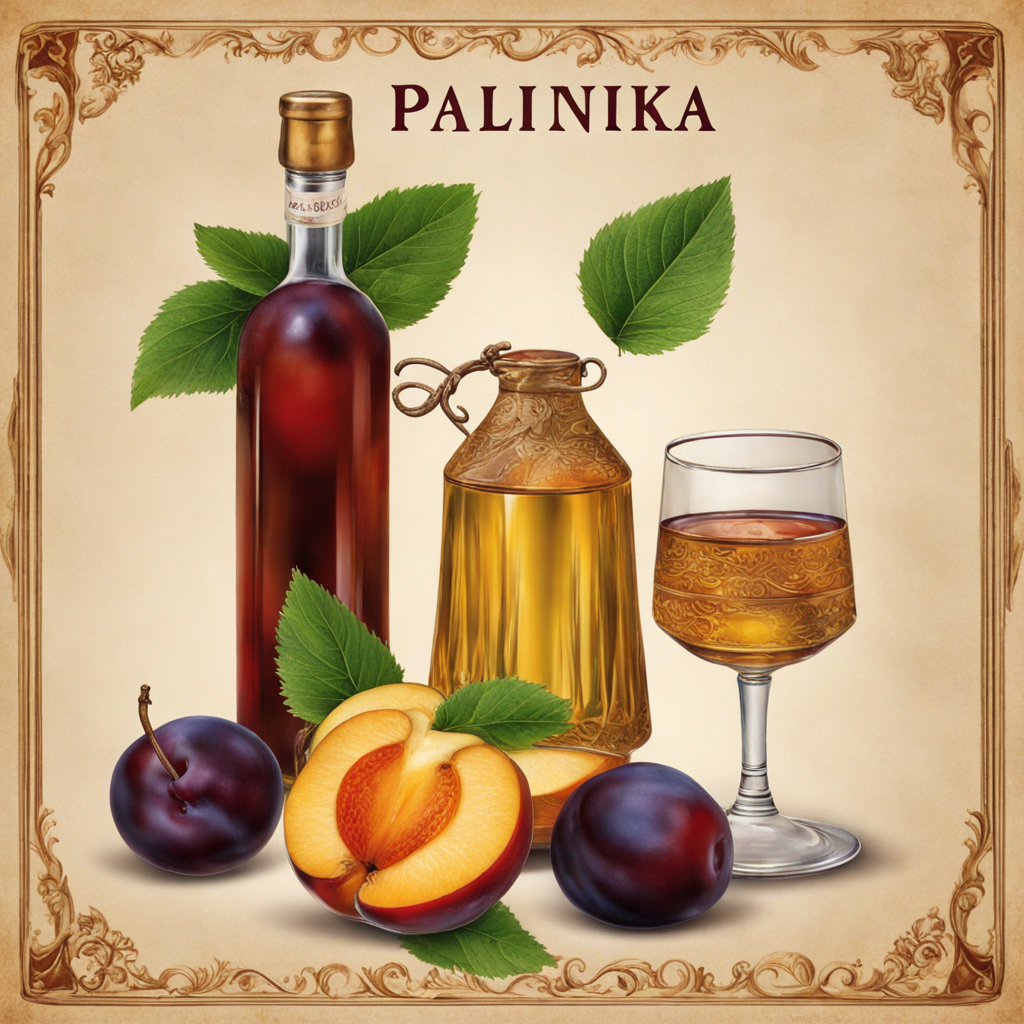Rákóczi Túrós
Rákóczi Túrós is a delightful Hungarian dessert that beautifully blends the flavors of sweet pastry, creamy cheese, and fruit. At its core, this dish features a soft, buttery crust that serves as the perfect base. The crust is often made with a sweet yeast dough, giving it a rich, tender texture that pairs harmoniously with the creamy filling. This filling is primarily composed of a sweetened cottage cheese or quark, which is whipped to a light and airy consistency, and flavored with vanilla and lemon zest to add a refreshing touch. Topping the cheese mixture is a generous layer of meringue, a fluffy concoction of whipped egg whites and sugar, that creates a delightful contrast in texture. When baked, the meringue develops a golden-brown crust that adds a subtle crunch, while the inside remains soft and marshmallow-like. This combination of creaminess from the cheese and the airy sweetness of the meringue makes each bite a heavenly experience. Rákóczi Túrós is often finished with a dusting of powdered sugar and sometimes garnished with seasonal fruits or berries, which provide a fruity burst and a pop of color. This dessert is not only a treat for the taste buds but also a feast for the eyes, making it a popular choice for celebrations and gatherings. With its unique flavors and textures, Rákóczi Túrós invites those adventurous in their culinary explorations to indulge in a true taste of Hungarian tradition.
How It Became This Dish
The History of Rákóczi Túrós: A Culinary Gem from Hungary Rákóczi túrós is a beloved Hungarian dessert that encapsulates the rich tapestry of Hungarian culinary traditions, demonstrating the intersection of history, culture, and gastronomy. This pastry, named after a prominent figure in Hungarian history, Count Imre Rákóczi, is a delightful combination of sweet pastry, cottage cheese filling, and a characteristic crumbly topping. To understand the significance of Rákóczi túrós, we must delve into its origins, cultural resonance, and the evolution of this dish through the centuries. #### Origins and Historical Context The roots of Rákóczi túrós can be traced back to the early 20th century, though similar cheese-based pastries have existed in various forms across Central and Eastern Europe for centuries. The name itself references Count Imre Rákóczi (1670-1735), a Hungarian nobleman and a pivotal figure in the fight for Hungarian independence from Habsburg rule. The connection to Rákóczi adds a layer of national pride to the dessert, as he is celebrated as a symbol of resistance and the quest for freedom. The pastry’s primary ingredient, túró, is a type of fresh cheese that has been a staple in Hungarian cuisine for ages. Traditionally made from cow’s milk, túró is similar to ricotta but has a slightly grainier texture. It is often used in both sweet and savory dishes, showcasing its versatility and importance in Hungarian culinary practices. #### Cultural Significance Rákóczi túrós is not just a dessert; it represents the Hungarian spirit and resilience. The dessert is often served during celebrations and family gatherings, symbolizing unity and tradition. Its preparation is often a communal activity, bringing families together in the kitchen. This collective cooking experience reinforces family bonds and keeps cultural traditions alive, as recipes are passed down from generation to generation. Moreover, Rákóczi túrós reflects the broader culinary landscape of Hungary, which is characterized by a blend of agricultural abundance and historical influences. The use of túró connects the dish to Hungary’s agricultural roots, where dairy farming has played a crucial role. The pastry also showcases the influence of various culinary traditions that have interacted with Hungarian cuisine over the years, including Austrian, Slovak, and Jewish influences. #### The Making of Rákóczi Túrós The preparation of Rákóczi túrós involves several steps, each requiring care and attention to detail. The base is made from a simple sweet dough, often incorporating flour, sugar, butter, and eggs. This dough is rolled out and placed in a baking dish, creating a rich, buttery layer that serves as the foundation for the filling. The star of the dish, the túró filling, is prepared by blending fresh cheese with sugar, eggs, and sometimes a hint of vanilla or lemon zest for flavor. This creamy mixture is then spread over the pastry base. The topping is a crumbly mixture of flour, sugar, and butter, which, when baked, creates a delightful contrast to the soft cheese filling beneath. Once baked, Rákóczi túrós takes on a golden-brown hue, with the top layer forming a crunchy, sweet crust that balances the creamy, slightly tangy filling. It is often dusted with powdered sugar before being served, enhancing its visual appeal and adding a final touch of sweetness. #### Evolution Over Time As with many traditional dishes, Rákóczi túrós has seen various adaptations and interpretations over the years. While the classic recipe remains popular, modern variations have emerged, reflecting changing tastes and dietary preferences. For instance, some bakers experiment with gluten-free flours or alternative sweeteners to cater to health-conscious consumers. Additionally, the rise of culinary tourism has contributed to the proliferation of Rákóczi túrós beyond Hungary’s borders. Travelers seeking authentic Hungarian experiences often seek out traditional pastries, including Rákóczi túrós, in local bakeries and restaurants. This exposure has led to a broader appreciation of Hungarian cuisine internationally, and many chefs have incorporated the dish into their menus, often giving it a contemporary twist. #### Rákóczi Túrós in Contemporary Hungary Today, Rákóczi túrós is celebrated not only in homes but also in cafés and confectioneries across Hungary. It is a staple in many Hungarian pastry shops, where it is often featured prominently alongside other traditional desserts like Dobos torte and chimney cake. The dessert has become a symbol of Hungarian culinary heritage, frequently highlighted during national holidays, festivals, and family celebrations. Culinary contests and events also celebrate Rákóczi túrós, with bakers competing to create the most delicious or innovative versions of the dish. Such events not only honor the traditional recipe but also encourage creativity and experimentation within the framework of Hungarian gastronomy. #### Conclusion Rákóczi túrós is more than just a delicious dessert; it is a culinary narrative that encapsulates Hungary's rich history, cultural identity, and communal spirit. From its origins linked to a national hero to its place in contemporary culinary culture, Rákóczi túrós stands as a testament to the enduring appeal of traditional recipes. As it continues to evolve while retaining its core characteristics, this delightful pastry remains a cherished component of Hungarian cuisine, inviting both locals and visitors to savor its unique flavors and the history it represents. Whether enjoyed at a family gathering or a local café, Rákóczi túrós is a sweet reminder of Hungary's culinary heritage, one bite at a time.
You may like
Discover local flavors from Hungary


